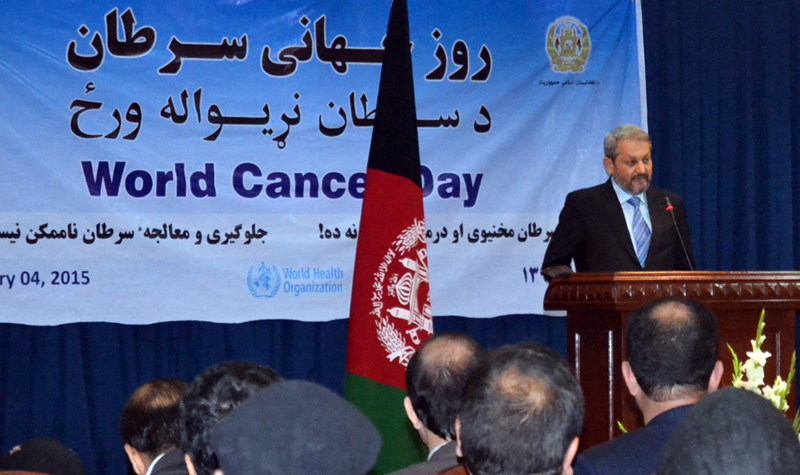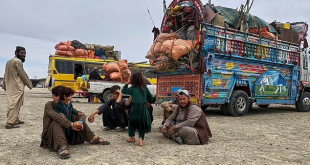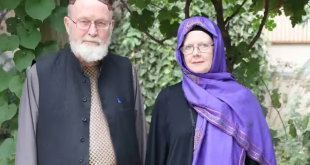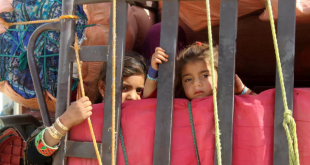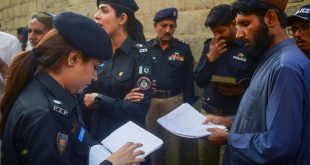KABUL: The Ministry of Public Health (MoPH) on Wednesday said that 16,000 Afghans die every year from different types of cancer.
Addressing a press conference in connection with the World Cancer Day, Minister for Public Health, Ferozuddin Feroz, said that 20,000 people per year are affected by many forms of cancer while only 4,000 patients are diagnosed.
The minister termed cancer a preventable and controllable disease and said that if people from every walk of life take part in the fight against cancer then it could be prevented and controlled. Regarding strategies of the health ministry to eliminate the disease, he said the MoPH would review the national control plans in order to institutionalize fight against cancer in the country.
Feroz said that public awareness plays important role in elimination of cancer. He urged media, state and non-state organizations to educate people while providing more information about cancer and its prevention.
Cleanliness of surroundings, taking proper diet, rejecting alcoholism and smoking and in time diagnosing were the measures suggested by the minister to public aimed at bringing down the rate of cancer deaths. He said the cancer could be reduced by 25 percent till 2025—the target fixed by the World Health Organization—if the preventive measures were taken.
He said that his ministry would take practical steps to collect data about fatal diseases including cancer in order to devise a mechanism that would help in controlling the epidemics.
The chief executive officer (CEO) Abdullah Abdullah in his message read by his health adviser Dr Habiba Surabi on the occasion said that if attention was not paid then number of the cancer patients would reach to 75% from 11% (recorded in 2012) within next 20 years.
Abdullah said the he would support all drives that are aimed to control and prevent cancer.
The WHO said that worldwide around 8.2 million die from cancer every year.
The WHO’s country representative Dr Richard Peeperkorn on the occasion said the number of cancer patients is going to be almost double in next two decades from an estimated 456,000 cases in 2010 to nearly 861,000 in 2030.
About 60 % of cancer deaths occur in low-income and middle-income countries and this likely to increase in the future. It is estimated that cancer kills more than a quarter of a million people each year in the WHO Eastern Mediterranean region alone.
In Afghanistan data on the burden of cancer both scare and are often not of cancer impact in the country. The limited evidence suggests that the most common cancers are of stomach, breast , esophagus, lung and oral cavity one of the risk factor is tobacco use based on Youth Tobacco Surveys conducted in 2010, 9.8% currently smoke tobacco, said Mr Peeperkorn.
The largest increase in cancer incidence in the next 15 years is also likely to be in the Eastern Mediterranean Regions, taking into account the trends for all related risk factors, said the representative of the WHO.
Representing the Cancer Support Group in the seminar Dr Nasrin Oryakhail said that one out of seven women is affected by breast cancer in the world (13.48 percent of women population). She said that women have 98 percent chance to diagnosed breast cancer if went to treatment center on team. Lack of public awareness, poor health services and limited number of diagnostic centers are the major challenges highlighted by Oryakhail.
She said that there is only one hospital in Afghanistan where cancer could be diagnostic but the testing and treatment process is very expensive. “We also lack the number of required skilled doctors. Moreover, medicines are not available in the markets.”
Pointing to another serious problem, she said that female cancer patients do not visit male doctors which result in to death or serious complications. Lung and breast cancer are the most common forms that take lives of thousands of people worldwide. Around 40,290 women die from breast cancer across the globe per year. Lung cancer claim lives of 86,380 males and 71,660 women every year in the world. (Abdul Zuhoor Qayomi)
 Afghanistan Times
Afghanistan Times
